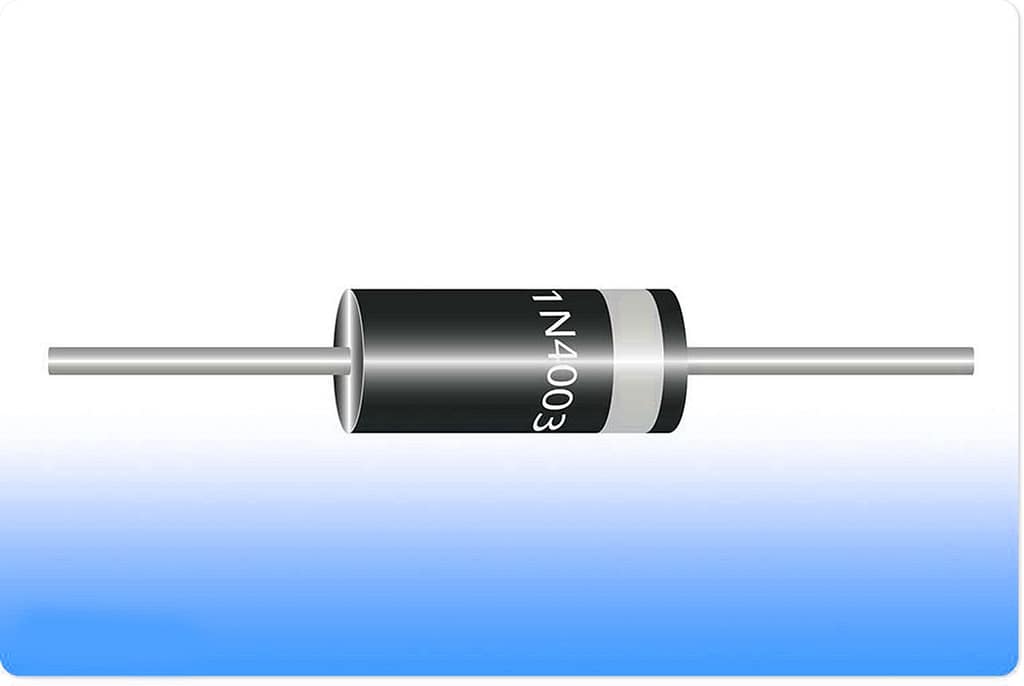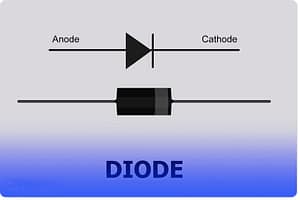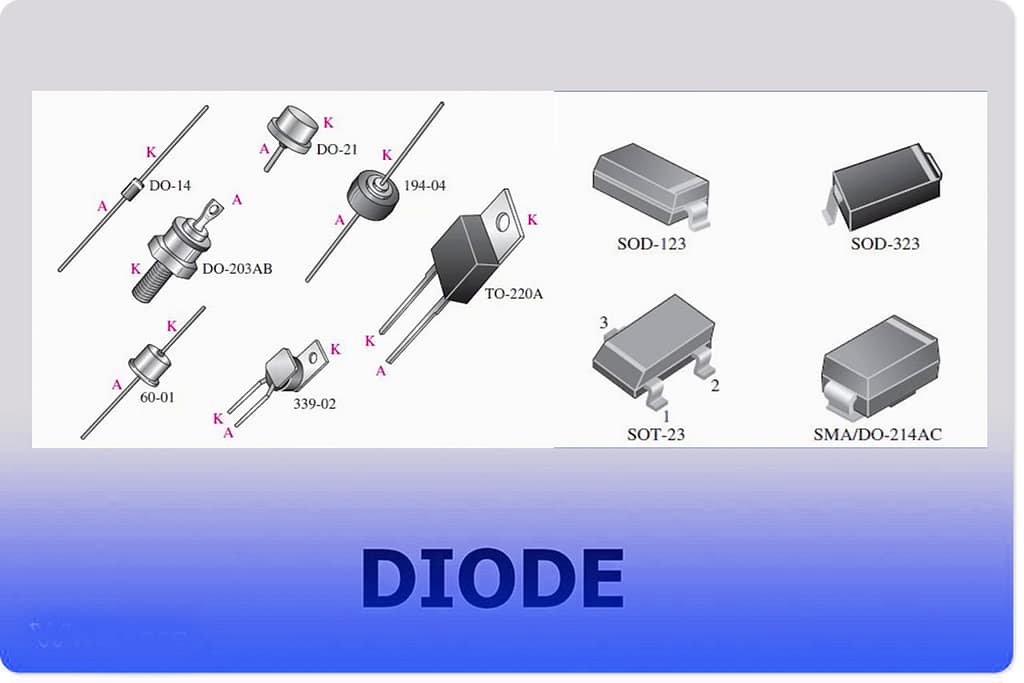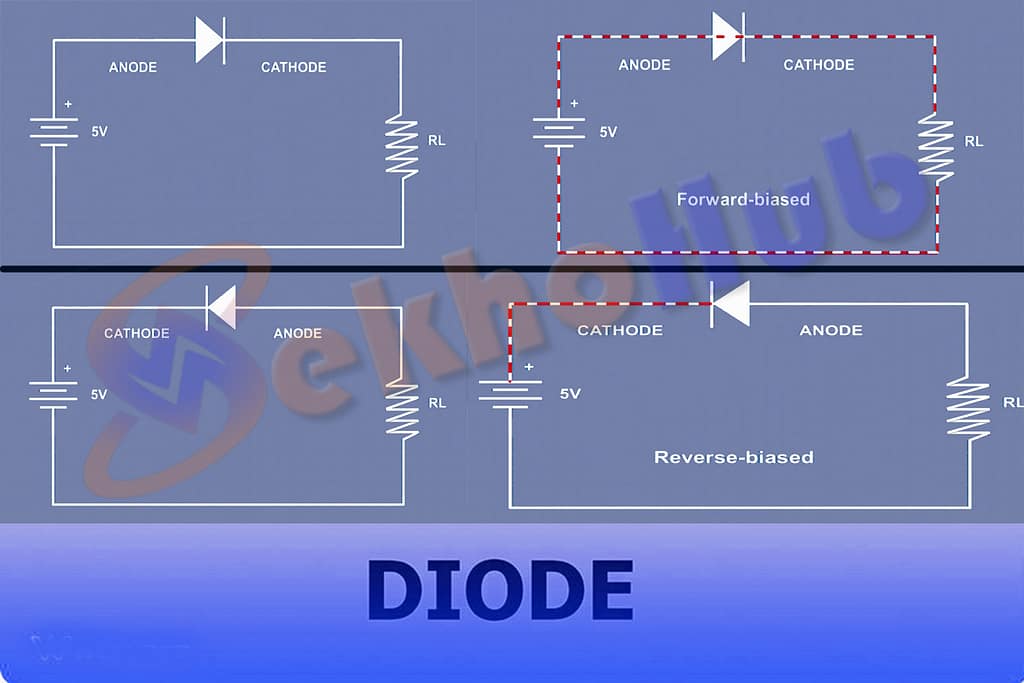What is a DIODE? | How does a DIODE work? | How we can test the diode? |SekhoHub |
Description.
Hi friends, In this project we are going to see what a diode is, how it works, and how we can test the diode, so without further ado, let’s start this project.
What is a DIODE?
A diode is a two-terminal electronic device that conduct electric current in
Only One Direction It has low resistance in one direction and high resistance in the other. Diodes are the most commonly used semiconductor devices.
This is the symbol of a diode. A diode has two terminals: the positive terminal, which is known as the anode, and the negative terminal, which is known as the cathode. Diodes come in different packages.
Diodes come in different packages.
| Component | Quantity | Buy Link |
| 1N4007 Rectifier Diode | 10 pcs | Buy Here |
| 1N4148 Signal Diode | 20 pcs | Buy Here |
| Zener Diode (5.1V, 12V) | 10 pcs | Buy Here |
| LED (Red, Green, Blue) | 50 pcs | Buy Here |
| Schottky Diode 1N5819 | 20 pcs | Buy Here |
Let’s see how a diode works.
We connect the positive terminal of a battery to the anode of the diode and the negative terminal of the battery to the cathode of a diode.
The diode becomes forward biased, and current starts flowing through the diode, and if we connect the positive terminal of the battery to the cathode of the diode and the negative terminal of the battery to the anode of the diode, the diode becomes reverse biased, and no current flows through the diode.
Every diode has a threshold voltage; in this example our diode has a threshold voltage of 7 volts. If we connect a diode in forward bias and apply voltages less than the threshold voltage, the current will not flow through the diode, but if we connect the diode in forward bias and apply a voltage more than the threshold voltage, the current starts flowing through the diode, so in the forward bias, we need to apply voltages more than the threshold voltage.
Every diode also has a breakdown voltage in reverse bias. If you apply a voltage less than the breakdown voltage, the diode will block the current from flowing through it, but if you apply a voltage more than the breakdown voltage, the current starts flowing through the diode in reverse bias, and it will damage the diode.
Every diode also has a maximum forward current if the current flowing through the diode is less than maximum forward current nothing will happen to the diode but if the current flowing through the diode is more than maximum forward current the diode heats up and this will damage the diode .
now let’s see how we can test a diode first set your multimeter to diode mode in the screen of the multimeter we will see the voltage drop if we connect positive prob of the meter to cathode of the diode and negative prob of the meterto anode of the diode we’ll see no voltage drop now if we connect the positive terminal of the Met meter to anode of the diode and negative terminal of the meter to cathode of the diode we’ll see voltage drop on the screen.
Now let’s test some diodes.
If we connect a device’s positive terminal to the negative terminal of the battery and the negative terminal of the device to the positive terminal of the battery, this might damage the device, but if we connect a diode in the series of the device and connect the battery in the reverse direction, it will block the current, and this will save our device.
If we apply AC signal at the input of a diode, we will have DC signal at the output of a diode





